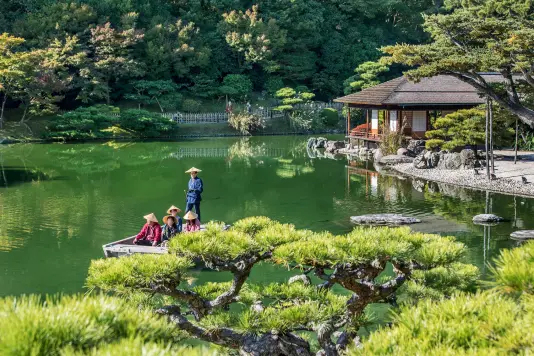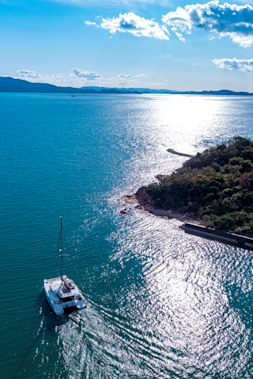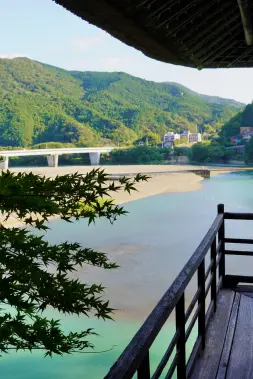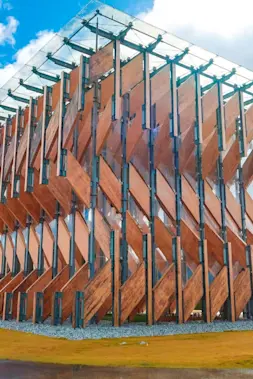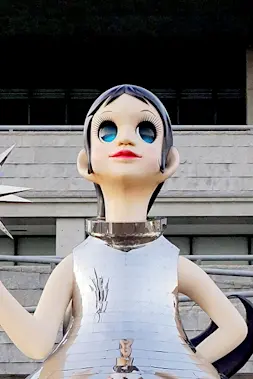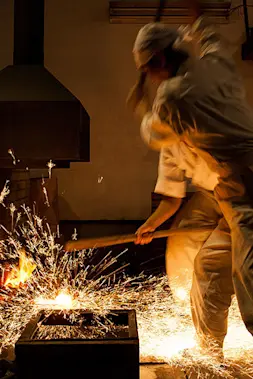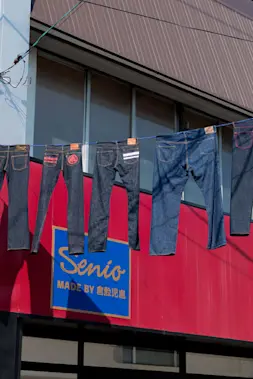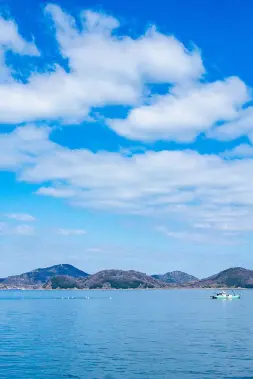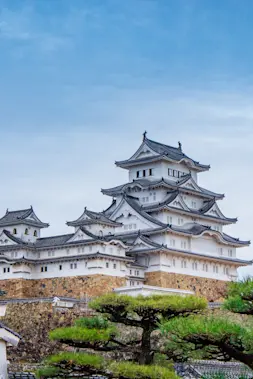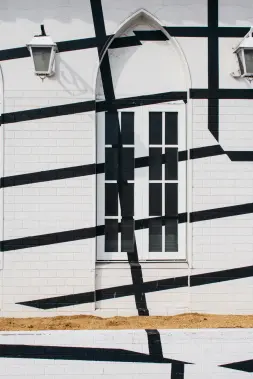Art & Culture
Isamu Noguchi Garden - Peeking into the Realm of the Master Artist

-
- DESTINATION NAME
- Kagawa
-
- RELATED TAGS
-
- LAST UPDATED
- 27 February, 2022
The curators of the Isamu Noguchi Garden Museum in Japan like to retain the mystery around the sculpture master.
The museum is hidden in Mure, a stone cutting town on the island of Shikoku. Open air workshops line the road, and massive, raw, stone slabs stand alongside finished pieces carved into pagodas, lanterns, and Buddha statues.
Stone walls ring the garden like a castle, blocking a view inside, and visitors must book in advance for a guided tour. With no direct bus or train out here in Takamatsu, I had rented a car to make the trip, but now noticed a couple other foreign faces amongst the crowd waiting for the tour to start.
“Is it difficult for visitors to get out here?” I ask a nearby staff member.
“Yes, but I think that they enjoy the search,” She replies. “Mr. Noguchi was never one for having things laid out easily, and I think those who make it out here appreciate making the discovery for themselves.”
Isamu Noguchi was a Japanese American artist and stone sculpturist born early in the 20th century. Throughout his life, he maintained a foot in both countries, and with this garden museum in Takamatsu and another museum in New York, his trans-Pacific presence has continued even after his passing. A lot of his work draws inspiration from his dual identity, and he is, perhaps, most famously known as the designer of the Akari lantern: a bamboo ribbed, washi-paper light covering, now ubiquitous in living rooms across the world.
His stone sculpture work at this small stone carving town of Mure began late in his life, when Noguchi was 65 years old. He worked alongside a young stone-cutter called Masatoshi Izumi, then in his 20s, who now oversees the garden where Noguchi’s creations reside.
The tour guide leads us, a group of about 30 people, past mounds of raw stone, their edges riddled with the square cuts from the traditional tools used to mine them. We come to the bamboo gate of the Stone Circle, the entrance to the Noguchi Garden Museum itself. We have 30 minutes to enjoy it. Our guide instructs us to check our pamphlets again for the rules before we enter.
There are quite a few rules at the Noguchi Garden Museum, listed handily and clearly, in English: no food, no drink, no smoking, no touching the artwork, no photos, no videotaping. My audio recorder is swiftly added to the list, as I’m instructed to put it away. As the bamboo gate opens, and we walk across the sand, which appears to have been raked in the style of a Buddhist temple, harried parents rush around attempting to keep their young children off the rocks.
As I wander, I notice a lot of contrasts within the sculptures: light and dark colors worked in alternative patterns, oblong rocks supporting ovoid, and many different polished and rough textures. Such an array of shapes draws you in, and I sympathize with the children and their desire to get tactile with this most unusual playground.
Noguchi’s style is described as protean. He was often heard to say, “We learn from the stone” — a lesson which has resonated with our tour guide, who relays to us that the garden reveals itself to her more every day.
“It’s not a matter of age, I think,” She says, “Though I am getting closer now to Noguchi’s age when he was working on these. Instead, as I get more experience in my life, the lessons that Noguchi put into his work become more clear to me.”
Like Michelangelo, Noguchi left unfinished statues, which litter the garden alongside many beautiful finished pieces. As I pass a simple, flat square of rock inset into the sand, I wonder which it is.
Two of his most famous rock sculptures are kept in an old Japanese storage shed, called a soko. The ceiling of the soko is very high, with exposed wooden beams, and pockets of dimness that collect in the corners. I find myself caught by a beautiful scene. A door, which stretches the entire height of the soko, is cracked open, allowing a narrow beam of sunlight that is filtered through the leaves of a willow tree growing nearby. The shadows dance and flow like water in the gentle breeze, falling gaily across a bench where some other visitors sit. From the angle where I’m standing, I can’t see the sculpture they are all staring up at. I feel like they’ve become part of the art around them. I move into the room to see the sculpture that holds their attention. It is a giant, black, polished hoop of quartz, and sitting on the bench staring up, it draws the attention, the thoughts, and the motion of the viewer. It is aptly called “Energy Void.” “The Sun at Midnight,” a perfectly round loop made of ebony-black and orange stone, stands at the other end of the soko.
More contrasts: outdoors in the sun, it is hot, bright, spartan, unfinished. Indoors is cool and dim, and a grassy smell comes from the earthen walls of the soko, where more finished works await.
We move to the second half of the open air museum — the home/studio and nearby sculpture garden. The guide points out a massive, tumbled stone waterfall that Noguchi installed in the hillside.
The house is a traditional, wooden building, with narrow slats which we peered through for a glimpse of where the artist rested after long hours of work, and where he often discussed plans for the following day over dinner with his apprentice, Izumi.
Beyond the house, up stone stairs, lies a square of lawn, and an unnaturally rounded hill. From the top, I look out over Noguchi’s stone garden, and the hills around Mure. I wonder what pushed him to alter nature on both ends of the scale — small and delicate as well as grand and sweeping.
The tour concluded, and we make our way back to two stone monoliths between which we were permitted a photo to remember our trip — and perhaps inspire us to visit again in the future.
Photo: The Isamu Noguchi Foundation of Japan
Text by Felicity Tillack
RELATED DESTINATION
Kagawa
This is an area with many islands, including Naoshima and Teshima, which are famous for art. It also is home to the tasteful Ritsurin Garden. Kagawa is also famous for its Sanuki udon, which is so famous it attracts tourists from throughout Japan. The prefecture is even sometimes referred to as “Udon Prefecture.” [Photo : “Red Pumpkin” ©Yayoi Kusama,2006 Naoshima Miyanoura Port Square | Photographer: Daisuke Aochi]
